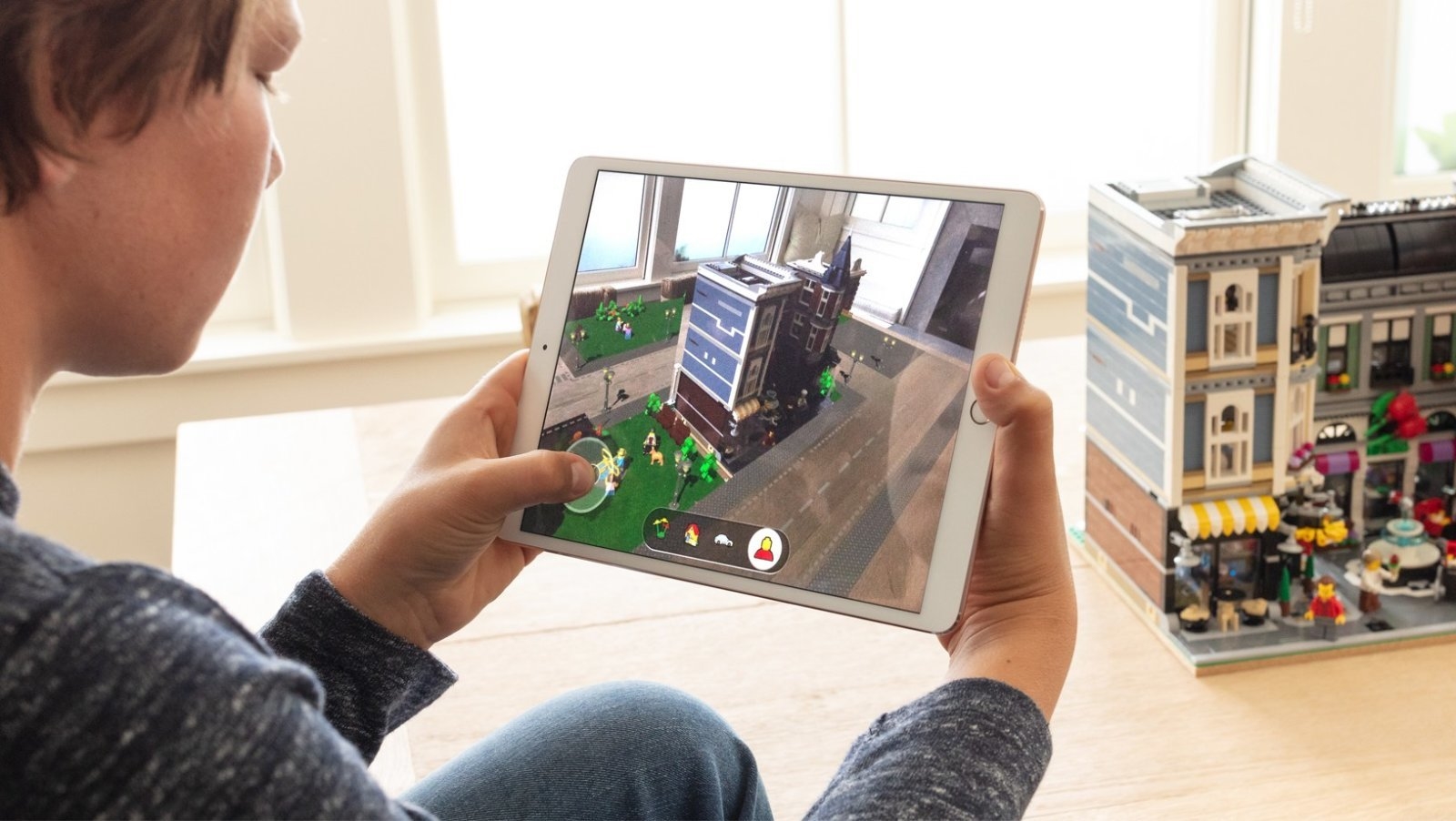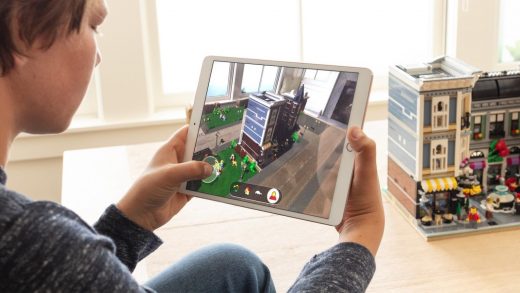Latest Google AR Tech Might Be A Wake-Up Call For Marketers
Latest Google AR Tech Might Be A Wake-Up Call For Marketers
To say that Google’s advertising and marketing technologies have become sophisticated is an understatement.

The augmented reality (AR) features Google released to the web in search and on retail website pages in Chrome Canary and Chrome 69 offer a simple object viewing experience. This week at the I/O developers conference, the company said this will change.
Is AR just another shiny object, providing brands with the ability to serve up 3D images in search? Vince Cacace, founder and CEO at Los Angeles-based Vertebrae, said that fundamentally it offers a better user experience. This may be correct, but what’s he supposed to say?
“The reason why the conversion rates on ads are higher is because you’re building confidence,” he said. “Rather than seeing one angle of a product and trying to make a decision, for the first time you’re seeing much more of it.”
Cacace’s company works with brands such as Crate & Barrel, Toyota, Herschel Supply, BBQ Guys, and Fendi. He has been called a VR innovator to watch, helped to establish the standards for AR and virtual reality formats for the Interactive Advertising Bureau (IAB).
He also cofounded a nonprofit with Whoopi Goldberg called Whoopi’s Virtual Field Trip to bring virtual experiences to underserved and seriously ill children.
Today, marketers take a 3D object and place it in the viewer’s environment at the accurate size, but the future of Chrome will enable WebXR, an open web framework, to provide full augmented-reality experiences where marketers can use more than one object, said Cacace.
This shift will enable marketers to have several animated objects and sound effects that live in the browser. “The big moose here is Google is taking an approach by saying let’s include it within the search results where we fully control the experience for those who come to Google,” he said.
Chrome Canary and Chrome 69 shipped with WebXR disabled by default, he said. Now Google is playing catchup to Apple, which in September released the ability for Safari users to have a simple AR experience in the web browser.
“The reason Apple can do it is because they leverage the underlying native horsepower of the device and their own AR technology, then they pull it into a simple view inside Safari,” he said, pointing to environment mapping technology. “I think Google is doing something similar using AR Core, which pulls from the native libraries of the device that support the AR capabilities detecting the environment.”
Android comes from AR Core, he said, and is ideal for ecommerce when it comes to product visualization.
“It’s my hypothesis that Google will only release this capability within Chrome, and likely in the future get ported into Chromium-built browsers [like the one Microsoft’s building],” he said.
The challenge for advertisers, he said, is a disconnect in the way platform accepts 3D and AR files. ecommerce sites also will have some of the same challenges.
(13)


